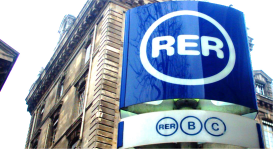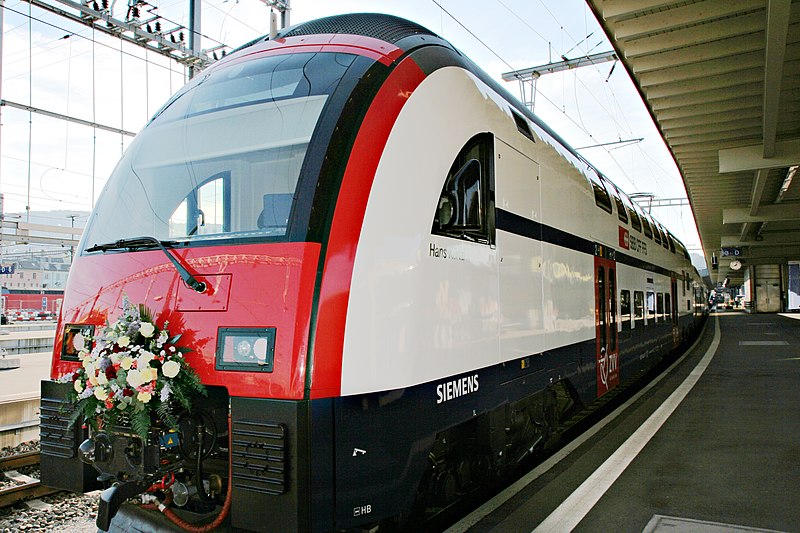jje1000
Senior Member
Already mentioned earlier, Beijing opened 5 new lines recently. Why were they opened so quickly?
"One of the reasons for that speed, of course, is a planning process that is less transparent than that in Canada. Environmental assessments for public projects in Canada, for example, can get bogged down in hearings for months and sometimes years, whereas here they are conducted by the state's own agencies with little if any public input.
The government is planner, builder and arbiter all in one.
[...]
Other factors in Beijing's speed are cheaper labour and more technological investment. Beijing has scores of tunnel-boring machines while the TTC has four on order for its 8.6-kilometre Spadina subway extension, expected to be in service in 2015.
The TTC standard estimate for subways is about $300 million per kilometre. Beijing paid $110 million for its new lines. Few here would argue with the benefits."
http://www.thestar.com/news/canada/article/918664--beijing-tackles-transit-with-stunning-results
Unless EAs are completely reformed within the next short while, I doubt the Sheppard Line will be completed within a reasonable timeline. If Ford wants his Transit Plan to gain any traction, he also needs to start including other subway and LRT lines and should start pushing (or threatening) the provincial and federal governments to pony up some monies.
"One of the reasons for that speed, of course, is a planning process that is less transparent than that in Canada. Environmental assessments for public projects in Canada, for example, can get bogged down in hearings for months and sometimes years, whereas here they are conducted by the state's own agencies with little if any public input.
The government is planner, builder and arbiter all in one.
[...]
Other factors in Beijing's speed are cheaper labour and more technological investment. Beijing has scores of tunnel-boring machines while the TTC has four on order for its 8.6-kilometre Spadina subway extension, expected to be in service in 2015.
The TTC standard estimate for subways is about $300 million per kilometre. Beijing paid $110 million for its new lines. Few here would argue with the benefits."
http://www.thestar.com/news/canada/article/918664--beijing-tackles-transit-with-stunning-results
Unless EAs are completely reformed within the next short while, I doubt the Sheppard Line will be completed within a reasonable timeline. If Ford wants his Transit Plan to gain any traction, he also needs to start including other subway and LRT lines and should start pushing (or threatening) the provincial and federal governments to pony up some monies.











